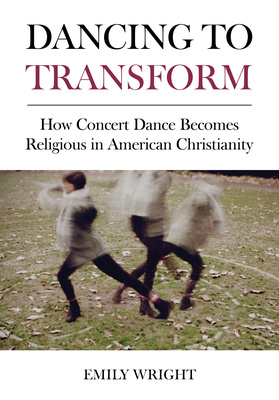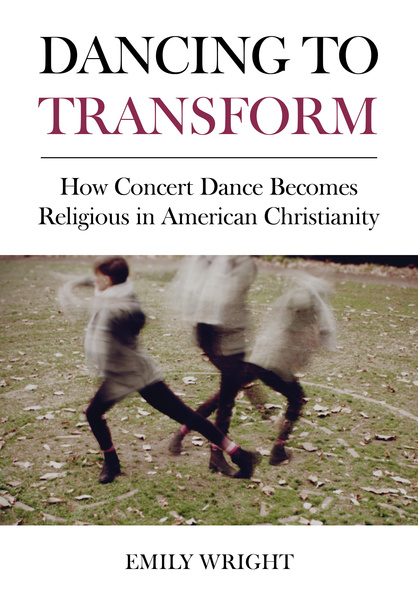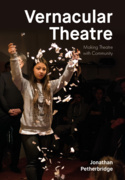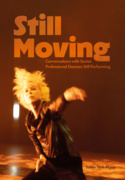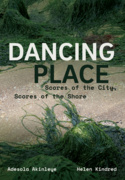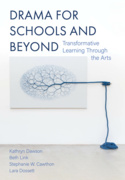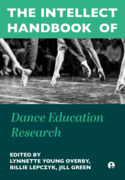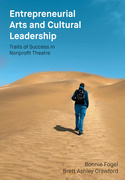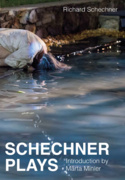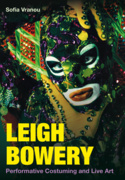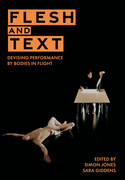Dancing to Transform (Book)
How Concert Dance Becomes Religious in American Christianity
Uses original studies of four dance companies to examine the religious lives of American Christians who are also professional dancers. Explores how practices of dancing and Christianity, and experience and performance contexts influence and shape approaches to creating, transforming and performing dance. 10 b/w illus.
Edition
Emily Wright is assistant professor of dance at Boston Conservatory at Berklee College of Music. She holds a Ph.D. in dance from Texas Woman's University and an MFA in dance from Arizona State University. She has contributed chapters to the edited volumes Fields in Motion: Ethnography in the Worlds of Dance (2011) and Perspectives in Performing Arts Medicine Practice (2020) and her work has been published in Dance, Movement & Spiritualities and the Journal of Emerging Dance Scholarship.
Introduction
Making Christian Movements: Differentiation and Adaptation in Christianity from the Patristic Era to the Middle Ages
American Christianity from the Seventeenth to the Nineteenth Century
Dancing as American and/or Christian in the Twentieth Century
‘Let Us Praise His Name with Dancing’: Ballet Magnificat! and the Transformation of Concert into Church
Servant Artists: Ad Deum Dance Company and the Transformation of Suffering
Befriending the Both/And: Dishman + Co. Choreography and the Transformation of the Choreographic Process
Dancing Divine Love: Karin Stevens Dance and the Transformation of the Spiritual Journey
Conclusion
'Bubbling over with rich insights, Wright’s book marks an important contribution to dance studies and religious studies. Her revisionist framework articulates Christianity’s stance on dance with nuance and verve.... Wright’s text has sufficient theoretical sophistication to engage a scholarly audience, but it remains accessible enough for undergraduates and the general populace.
Dancing to Transform expands our conception of dance and the sacred in ways that provoke and enrapture.'
'Wright employs ethnographic research—predominantly autoethnography, fieldwork, and qualitative interviews—to discuss the interplay between dance, faith, and religious service among contemporary Christian dancers in the USA when engaging in stage performance. [...] This valuable book raises a range of questions about embodied Christianity that are of high importance for both religious studies scholars and theologians.'

